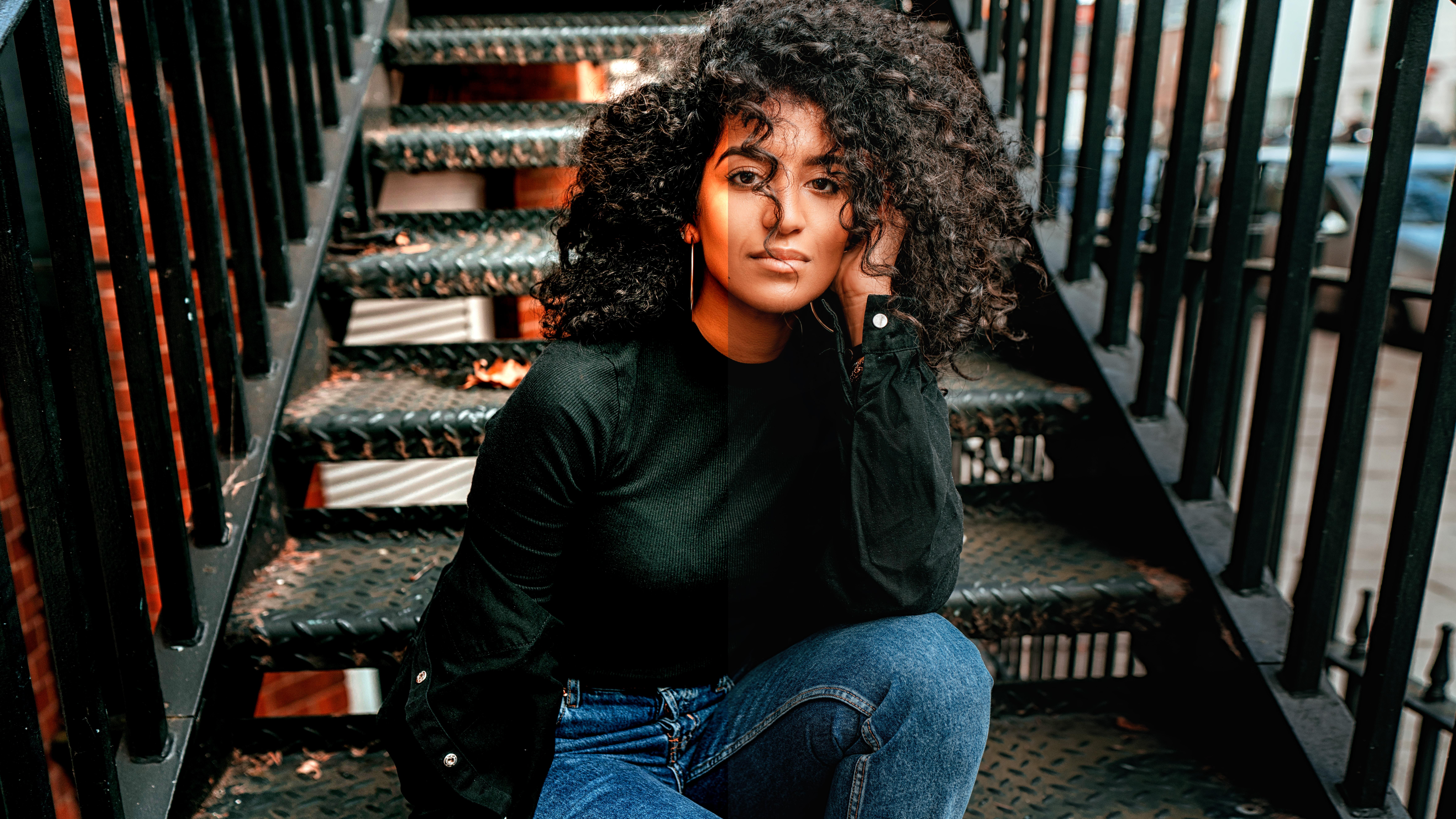Are you ready to dive deep into the fascinating world of curly hair biology? As someone deeply passionate about all things beauty and hair, I’ve spent years unraveling the intricate secrets behind those luscious curls. From my vast experience as a trusted beauty expert and hairstylist, I’ve delved into the unique structure and characteristics of curly hair, armed with a wealth of knowledge in trichology and working in renowned salons. Today, I’m here to share with you some mind-blowing facts about curly hair biology that will not only empower you with science-backed knowledge but also debunk popular myths that may have plagued your curly hair journey. So, get ready to uncover the hidden truths and gain practical tips and advice for managing, enhancing, and celebrating your curly locks!
Facts About Curly Hair Biology
Curly hair has always captivated humans with its unique and mesmerizing appearance. But what lies beneath the curls? Let’s unraveled the science behind curly hair biology and explore some fascinating facts that will help you understand and embrace your natural curls.
Curly Hair Structure: A Unique Twist
Unlike straight hair, curly hair is born from a curved bulb, resulting in a distinctive shape. This curved structure influences the growth pattern of the hair strand, contributing to the beautiful curls that adorn your head. Interestingly, curly hair also contains irregularly distributed keratin, the protein responsible for hair strength and flexibility. These irregularities give curly hair its characteristic texture and bounce.
Fun fact: “Curly hair’s unique structure makes it all the more intriguing, a testament to the wonders of nature’s creativity.”
Curly Hair and Volume: The Illusion
Have you ever noticed how curly hair appears more voluminous despite having fewer individual hair strands than straight hair? It’s all about perception! The natural twists and turns of curly hair create more surface area, giving the illusion of greater volume. This inherent density adds to the allure of curly hair and sets it apart from other hair types.
Remember: “Curly hair may have fewer strands, but it knows how to work the room and make a lasting impression.”
Curly Hair Through Time: An Enduring Style
Curly hair has been a popular style throughout history, transcending cultures and eras. Even the first modern Britons boasted their fair share of curls. In ancient Greece, curly hair was revered, and certain Greek gods were depicted with luxurious curls. This enduring aesthetic preference for curly hair emphasizes its timeless charm and universal appeal.
Take a moment to appreciate: “From ancient times to the modern era, curls have stood the test of time, becoming an iconic symbol of beauty and self-expression.”
Curly Hair’s Challenges: Dryness and Shape Matters
While curls may seem effortlessly stunning, caring for curly hair presents its fair share of challenges. One common struggle is combating dryness. Due to the curly structure, natural oils produced by the scalp have a harder time traveling down the hair shaft. As a result, curly hair tends to lack moisture and is prone to dryness, frizz, and breakage. Understanding the unique moisture needs of curly hair is crucial for maintaining its health and vibrancy.
Key takeaway: “Keep those curls hydrated! Moisture is the name of the game when it comes to maintaining the lusciousness and vitality of your curly hair.”
Additionally, the shape of hair follicles plays a significant role in determining the curl pattern. The more oval the follicles, the curlier the hair tends to be. This underlying biology explains why each curl is as unique as a fingerprint. Embracing and understanding the individuality of your curls will help you tailor your hair care routine to suit your specific needs.
Don’t forget: “Recognize the individuality of your curls and celebrate the diversity they bring to your look. It’s what makes them truly special!”
Curly Hair Reigns: The Dominance in Europe
Did you know that curly hair is the most dominant hair type in Europe? This intriguing fact sheds light on the genetic diversity of hair types and the prevalence of curly hair among different populations. So, the next time you walk down the streets of Europe, take a moment to appreciate the lush curls cascading around you.
Appreciate the curly crown around you: “The dominance of curly hair in Europe shows how diverse and captivating natural hair can be. It’s a celebration of beauty in all its glorious forms.”
In conclusion, unlocking the science of curly hair biology reveals a tapestry of fascinating facts and insights that deepen our appreciation for curly hair’s elegance and complexity. By understanding the unique structure, challenges, and historical significance of curly hair, we can embrace and care for our curls with confidence and pride.
So, let your curls dance and shine! Celebrate the wonder of your curly locks and empower yourself with knowledge about the biology that makes them so extraordinary.
Remember: “Curly hair is a beautiful journey—an exploration of self-expression and celebration of individuality. Embrace every twist and turn with joy and gratitude.”
Are you fascinated by the wonders of curly hair? If so, you’ll be amazed by these mind-boggling scientific facts about curly hair. From the unique shape of each hair strand to the genetic factors that determine curl patterns, there’s a whole world of intricate details waiting to be explored. Dive into the fascinating world of curly hair and uncover the secrets behind its mesmerizing allure. Discover more about the scientific facts about curly hair here: Scientific Facts About Curly Hair.
FAQ
Question 1: What is the biology behind curly hair?
Answer 1: Curly hair is born from a curved bulb and has irregularly distributed keratin. It has a unique structure and characteristics that distinguish it from other hair types.
Question 2: Is curly hair more voluminous than straight hair?
Answer 2: Yes, although curly hair has fewer hair strands than straight hair, it appears more voluminous due to its natural texture and shape.
Question 3: What is the historical significance of curly hair?
Answer 3: Curly hair has been a popular style for many centuries, and interestingly, the first modern Britons had curly hair. It has been embraced and admired throughout history.
Question 4: Why does curly hair tend to lack moisture and dry out easily?
Answer 4: Curly hair is influenced by the shape of the hair follicles, which can make it more prone to dryness. It has a tendency to lack moisture and requires special care to maintain its health and vitality.
Question 5: Is curly hair the most dominant hair type in Europe?
Answer 5: Yes, curly hair is the most dominant hair type in Europe. Even some ancient Greek gods are depicted with curly hair, further highlighting its significance and prevalence.
“`json
“`
- Unveiling Bernhard Caesar Einstein’s Scientific Achievements: A Legacy in Engineering - July 15, 2025
- Uncover who is Jerry McSorley: CEO, Family Man, Business Success Story - July 15, 2025
- Discover Bernhard Caesar Einstein’s Scientific Contributions: Unveiling a Legacy Beyond Einstein - July 15, 2025















